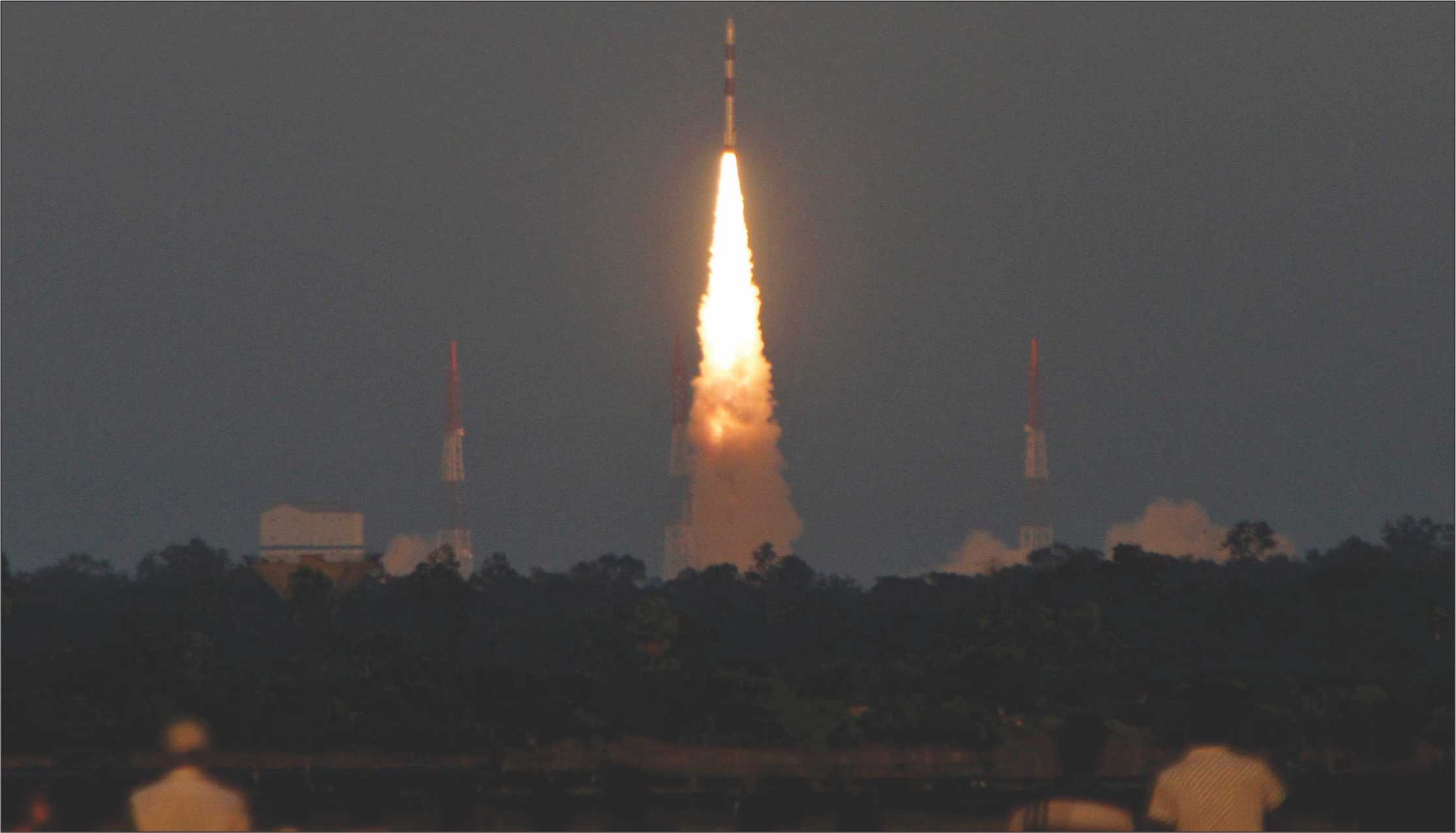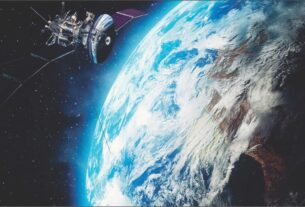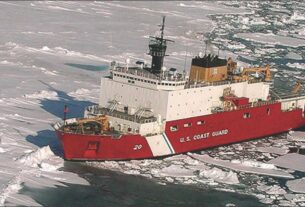After a smooth and majestic take off from the first launch pad of Satish Dhawan Space Centre (SDSC), the Indian spaceport in Sriharikota island on the eastern coast of the country, the four-stage, 44-metre tall and 227-tonnetrusted Indian space workhorse, PSLV (Polar Satellite Launch Vehicle) successfully placed six satellites from Singapore into a 550-km circular orbitin last December.
This dedicated commercial mission of PSLV released all the six satellites into orbit one by one to complete the entire exercise in 21minutes.
The six satellites placed into the orbit by PSLV weighed a total of 629-kg.at lift off. This PSLV flight, designated PSLV-C 29 happened to be ISRO’s golden jubilee launch from SDSC complex.
And by sheer coincidence, this PSLV mission also coincided with the celebration of the fiftieth year of independence by the city state of Singapore.
The most noteworthy feature of this PSLV flight was that with this mission, ISRO scored a hat trick of exclusive PSLV commercial launches during the year 2016.
Indian initiative
Commenting on this text book precise of this PSLV mission, a visibly delighted A S Kiran Kumar, Chairman, Indian Space Research Organisation (ISRO) said, “we have completed our major set of activities for this year and we look forward to 2016 for sending more communications, navigation and earth observation satellites with greater vigour. We have lot more to achieve.”
In a related development, the Indian Parliament was informed that the December 16 PSLV commercial mission has helped India earn 26-million euros as launch fee.
Anil Kakodkar, former Chairman of India’s Atomic Energy Commission, hailing this PSLV mission said, “the PSLV has proven it self a great workhorse, shall we say a never fail launcher? It isa fantastic technological achievement”.
PSLV has been in service for more than two decades now with a sound track record of placing satellites of international customers into the precise orbit with a high degree of reliability. Interestingly, PSLV also had the distinction of launching satellites from Singapore on commercial terms on earlier occasions.
For the international customers, superb reliability and multiple launch capability and affordable cost of the PSLV launch service are the major advantageous features.
According to ISRO, PSLV has emerged as a versatile launch vehicle capable of launching satellite payloads into polar/sun-synchronous orbit, geosynchronous transfer orbit as well as low inclination, low earth orbit.
TeLEOS-1 weighing 400-kg was the primary payload of this PSLV flight while other five satellites were hurled into orbit as piggyback payloads.
The five co passengers on-board the PSLV were: VELOX CI, VELOX II, Athenoxat 1, Kent Ridge-1 and Galassia2U Cubesat. TeLEOS-1 is an operational remote sensing satellite built by ST Electronics and features an electro optical imaging system and four deployable solar arrays.
Being operated by Agile Space, it would provide high resolution imageries in panchromatic band. TeLEOS is designed to capture images of Singapore once every 100 minutes and track threats in the sea as well as natural disasters across the region.
Velox-C1 of Nanyang Technological University (NTU) of Singapore is a 123-kg micro satellite for research in tropical environment using radio occultation techniques.
On the other hand, VeloxII, also from NTU, is a 13-kg. 6U Cubesat technology demonstrator with three payloads: GPS Experimental payload, communications payload and fault tolerant payload.
Athenoxat-1 was designed, developed and built by Microspace Rapid Pvt Limited at its Singapore laboratory. It is a technology demonstrator micro satellite for remote sensing based on 3U Cubesat configuration.
Kent Ridge is a 78-kg micro satellite from National University of Singapore(NUS) and carries three primary payloads: medium resolution VNIR hyperspectral camera as well as short wave infrared and hyper spectral camera. Its secondary payload is a real time high resolution video camera.
Galassia, also from NUS is a 3.4-kg,2U Cubesat. It carries two payloads of which one measures the total electron count in theionosphere above Singapore and the other is a small photon entangling quantum system to acquire quantum correlation data in space.
As pointed out by Prof Goh Cher Hiang, Project Director of the Satellite Programme at the NUS, “The satellites will be able to produce information at a much higher frequency. This will surely be very important when you use it for disaster monitoring in the region like South East Asia”.
Strategic significance
In a development of significance, Indian Space Research Organization (ISRO) also made use of this mission to carry out a test, for the first time, on the fourth stage of the vehicle.
This four second, successful firing test, would help ISRO refine the technique of placing satellites in multiple orbits simultaneously.
Explaining the intricacies of this test, S Somanath, Director of ISRO’s Liquid Propulsion Systems Centre (LPSC) said that engine on the upper stage of the PSLV was shut off and restarted while placing the six Singapore satellites in orbit. According to Somanath, this technique is useful when satellite payloads would need to go into multiple orbits.
This was the eleventh flight of PSLV driven by alternate liquid and solid fuel driven stages in its core alone version. In a core alone configuration, PSLV is deployed without its usual strap on boosters. With this launch, PSLV has achieved the record of orbiting as many as 57 satellites of international customers on commercial terms.
This is for the sixth time that the PSLV was deployed for launching only foreign satellites on commercial terms. In a breakthrough, PSLV bagged a contract recently for launching two weather watch satellites belonging to the Maryland, USAbased commercial weather satellite operator PlanetiQ.
These two weather watch satellites-forming a part of the fleet of 12-18 satellites-weighing 10-kg each will feature a sensor to collect weather data on a global scale.
Commenting on this, Chris McCormick, Chairman and CEO (Chief Executive Officer) of PlanetiQ said, “The stellar track record of the PSLV combined with over seven years satellite design life provides the reliability and data continuity not just desired but required by the operational weather forecast community.”
Significantly, the September 28th successful PSLV mission had for the first time orbited four US made satellites belonging to the operator, Spire Globalas piggyback payloads on commercial terms.
The launch of four identical US nano satellites with a total weight of 28-kg was a part of the contract to launchnine US nano/micro satellites a piggyback payloads on-board the PSLV flights during 2015-16 time frame.
Indeed, the US had imposed sanction on ISRO in early 1990s for its efforts to get the cryogenic propulsion technology from Russia for the three stage GSLV (Geosynchronous Satellite Launch Vehicle).
In 2008,PSLV had set record for most number of satellites placed in orbit by launching as many as ten satellites in one go. In fact, an augmented version of the vehicle designated PSLV-XL was deployed for launching India’s maiden probe to moon Chandrayaan-1 in 2008 and Mangalyaan Mars Orbiter Mission(MOM) to the Red Planet in 2013.
The Bangalore based Antrix Corp, the commercial arm of the Indian Space Programme set up in 1992,is the focal point for marketing the services for PSLV. Antrixreceived ‘Mini Ratna’ status in 2008. It clocked a revenue around Rs18,600-million during 2014-15 and is aiming for Rs 20,000-million during 2015-16.Launch services account for a major share ofAntrix’s revenue.
Antrix provisions communications satellite transponders for broadcasting and telecommunications services, markets data fromIndia’s earth observation IRS constellation besides marketing satellites and satellite subsystems. In addition, Antrix extends mission support service to the satellites of international customers.
The high point of PSLV is that it has so far suffered just a solitary partial failure and logged an excellent track record of launching a total of 90 satellites through thirty one successful flights covering the period between 1994 and 2015.
The scope of the Indian commercial launch service offered by Antrix will be enhanced by a substantial extent with the deployment of the three stage Mark-II version of the Geosynchronous Satellite Launch Vehicle(GSLV-MKII) propelled by a domestic upper cryogenic propulsion stageafter it attains operational phase.
The GSLV-MKII, carryingan Indian cryogenic engine stage, has already logged two successful flights. The operationalization of GSLV-MKII, that could carry a satellite payload weighing upto 2.5 tonne into a geo-stationary transfer orbit, will help India end its dependence on procured launch services-that comes at an enormous cost to the public exchequer-for getting its INSAT/GSAT spacecraft weighing upto 2.5-tonne off the ground.
Forward thinking
On the other hand, India could earn a substantial foreign exchange by offering the services of GSLV-MKII on commercial terms to the international customers.
Further into the future, the heavy lift GSLV-MKIII capable of lofting a 4-tonne class satellite into a geostationary transfer orbit-expected to become operational before the end of this decade-will become a part of the commercial launch service portfolio of Antrix.
One of the factors impeding the expansion of India’s satellite launch business would be the limitations imposed on by the availability of a solitary launch complex, SDSC under the operational control of ISRO.
Clearly, India would need to build a second launch complex with a view to step up the frequency of satellite launch missions with quick turn-around time.
For placing its satellite launch business on a stronger footing, ISRO would need to step up its capability for building and delivering launch vehicles with a vastly enhanced frequency to ensure quicker turnaround time for space missions.
And to this end, ISRO is working on a plan toencourage Indian industries to float consortiumsto deliver satellites and launch vehicles in a ready to use conditions.
Currently, about 500 Indian industrial units, both in theprivate and public sectors, are actively participating in the Indian space programme by supplying hardware and services for various ISRO projects.
The proposed industrial consortiums that would take up the challenge of supplying satellites and launch vehicles in a fully finished condition would need to be supported by ancillary industries housed in dedicated parks or special economic zones and fine tuned to supply space qualified components and subsystems along with the requisite engineering services.
Of course, ISRO would need to do a hand holding to prepare the Indian industry to take up the challenge of building fully integrated satellites and launch vehicles.
The success of the European commercial space vehicle Ariane which today accounts for around 60% of the global market for commercial satellite launches, is not little due to the active participation of the European industry.
Meanwhile, as part of the Indian space diplomacy projected by the Prime Minister Narendra Modi, a dedicated satellite meant for the exclusive use of countries in the SAARC region is planned to be launched by 2016-end.
This satellite, being designed and developed by the Satellite Centre of ISRO in Bengaluru is designed to make available weather watch and communications services.
Moments after the June 30,2014 successful mission of PSLV, while addressing the Indian space scientists at the Sriharikota launch complex, Modi highlighted the need for India to build and launch a satellite configured to meet the specific requirements of SAARC countries. He wanted this satellite to be India’s gift to its immediate neighbours.
The next PSLV flight slated for January 2016 would orbit, IRNSS-1E navigation satellite forming part of the seven spacecraft IRNSS (Indian Regional Navigation Satellite System) constellation.
For this mission, the augmented PSLV-XL version will be deployed and the 1380-kg.IRNSS-1E will be placed into a geosynchronous transfer orbit. Four satellites in IRNSS constellation are already in service.





